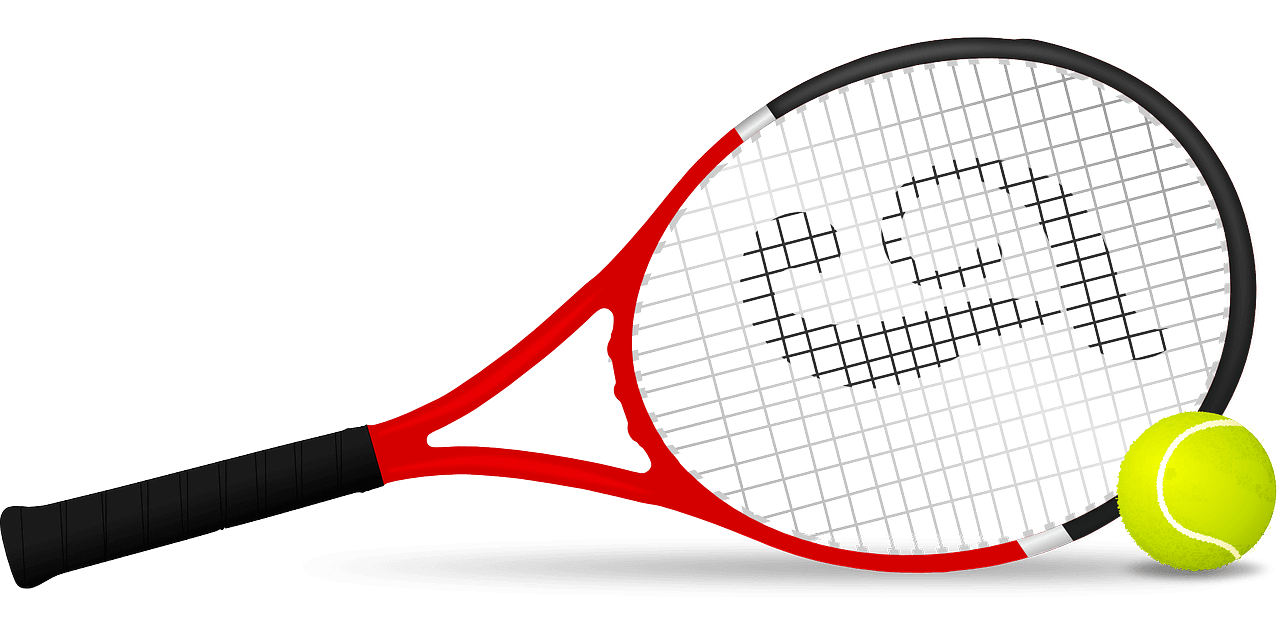A logo is a pictorial representation of a company. A building is a monument of urban development. But we are not discussing them here today. Today, we shift our focus toward something that the hoi polloi would find mundane – everyday sports equipment and facilities. You may know all about different aspects of sports betting and the Pinnacle VIP code, but have you ever wondered what the difference between a forty dollar and a two hundred dollar racket is? Or, better yet, you already know, but wonder about the basics of production and design? We got you covered.
Sports engineering merges practicality and aesthetics, as it is used to build a better mousetrap. Tennis rackets, skis, swimming caps, and sneakers that give players and athletes that extra edge over their opponents is what this type of design is all about.

Designers of this kind use science to solve problems in sports. Is that bobsled not aerodynamic enough? Do the soles of those sneakers have too little traction? Can we make that bicycle seat more comfortable for Tour de France? These are the questions sports engineers face against during every project.
Sports engineers work closely with architects when it comes to designing buildings, as both groups dream big and can turn what was once impossible into completed projects. There is just one important question in all of this: how does one go about becoming one? This area incorporates a wide range of skills and talents, and so a huge number of people can try their luck at becoming a sports engineer. You need to be in love with sports and crazy about design and science.
There are many universities in the world which offer a degree in sports engineering. These include Loughborough University in the United Kingdom and Mittuniversitetet in Sweden. However, many people working in this profession have some experience and education in other areas, like mechanical engineering, electrical engineering, or even mathematics and biomechanics.
However, getting a degree is not enough. Any self-respecting engineer, designer or architect knows that keeping your licenses and certificates focused on certain areas is vital for pursuing a career. Do your research before signing up to any course that promises pie in the sky. Be especially wary of places that use magic words, like ‘progressive’ and ‘up-and-coming’, if they provide no actual substance and information on how they would help your career.
In addition to this warning, an important thing to consider is that this career niche is very specific, and the job market is very competitive. So, if you want to improve Wilson rackets, have something like the Bird’s Nest in Beijing on your resume, or make Nike wish they had you on their team, you must explore, study hard and network as if your life depended on it because your dream certainly does.
If you are not certain that this is your cup of tea, we recommend that you concentrate on getting an education in architecture, design or technical engineering as something that you can upgrade, or fall back on. There is nothing wrong with a safety net.

